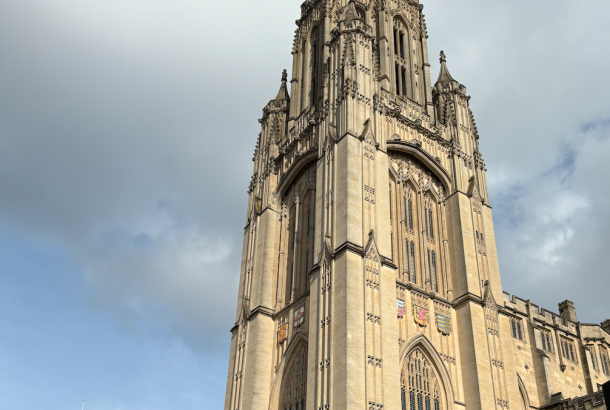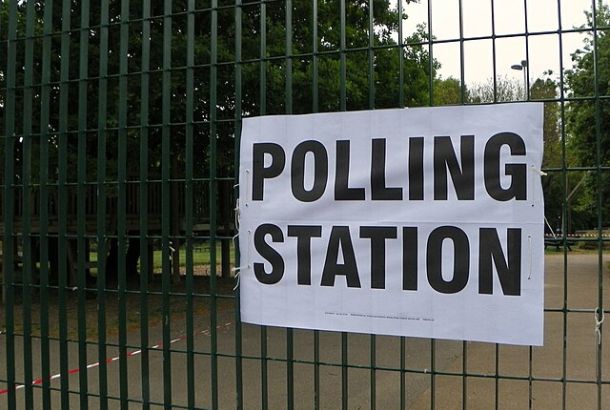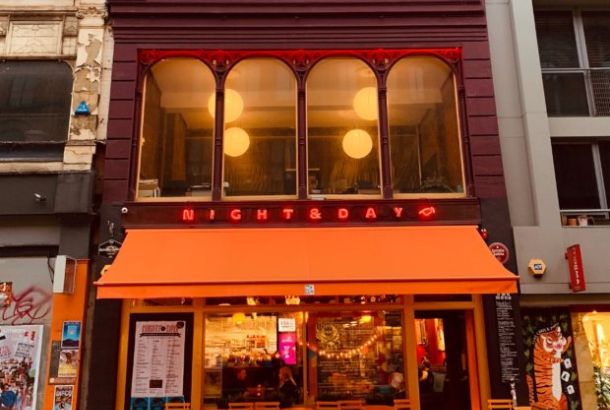‘Youthquake’ more anecdotal than fact, survey suggests
By Mancunion

A post-2017 general election survey published by the British Election Study (BES) have asserted that the ‘youthquake’ of 2017 was indeed more anecdotal than fact.
This follows after an apparent wave of youth support for the Labour Party in 2017, with Corbyn appearing popular among younger voters as presupposed by his appearances at Glastonbury festival, social media strategies and even the Oxford English Dictionary declaring “youthquake” as their word of the year.
The figures released by the BES, of which have assessed electoral behaviour in Britain since 1964, have asserted that there was indeed little change between the levels of youth turnout in both the 2015 and 2017 General Elections.
Instead, the study has shown the most noteworthy increase of participation to be those aged between 25-40, whereby turnout dramatically increased from the 2015 election.
Respectively, turnout amongst younger voters in both elections remained between 40 and 50 per cent, with elderly voters still reigning as the most prominent age-group in voter turnout.
This is despite post-election polling which suggested that turnout amongst voters aged between 18-24 during the 2017 election had risen by anything from 12-16 per cent percentage points.
Whilst the BES notes that the survey contains a small margin of error, and thus it would be impossible to dismiss a small rise, or fall, in the youth turnout, directors of the study have claimed that: “We can be confident, though that there was no dramatic surge in youth turnout of the sort suggested by some other surveys. In short, there was no ‘youthquake’.”
Commenting on the figures, Emma Atkins, Education Officer at the University of Manchester Students’ Union has suggested that despite the data, “it shows even more how students’ votes count: students were instrumental in the swing to labour in Bristol, Sheffield and Norwich, and even the historic defeat of the Conservative MP in Canterbury which hadn’t happened for 170 years.”
She said that this is without mentioning too that the “sample size was too small compared to YouGov.”
The 2017 face-to-face survey assessed 2,194 people, of which 1,475 had their votes validated. The study included 109 18-24 year olds.
Critics have also pointed to the fact that the survey’s definition of ‘young’ as between 18-24 is too narrow to use as a measure of change against previous elections, with the data in-fact referring to a ‘young-adult quake.’
Okay so I understand why people are saying "there was no youthquake!" but that increase in turnout among 25-40 year olds is _really_ significant. Not "youths" maybe, but young adults. That _would_ be the story if just saw this graph in isolation, and rightly so. pic.twitter.com/AjEijIo7hg
— David Ottewell (@davidottewell) January 29, 2018
Hundreds of thousands of extra young people registered to vote. Find it incredibly hard to believe that youth turnout 'decreased' in 2017 in light of all the other evidence and polls. Hope young people ignore idea their power is a 'myth'. https://t.co/QquN5gWlFn
— Liam Young (@liamyoung) January 29, 2018
Labour’s share of the youth vote did increase during the 2017 election. However, the BES have suggested that an increase in popularity is not emblematic of a surge in youth turnout and that the unexpected success of Labour is as a result of an increase of popularity amongst all ages groups, excluding those over the age of 70.







